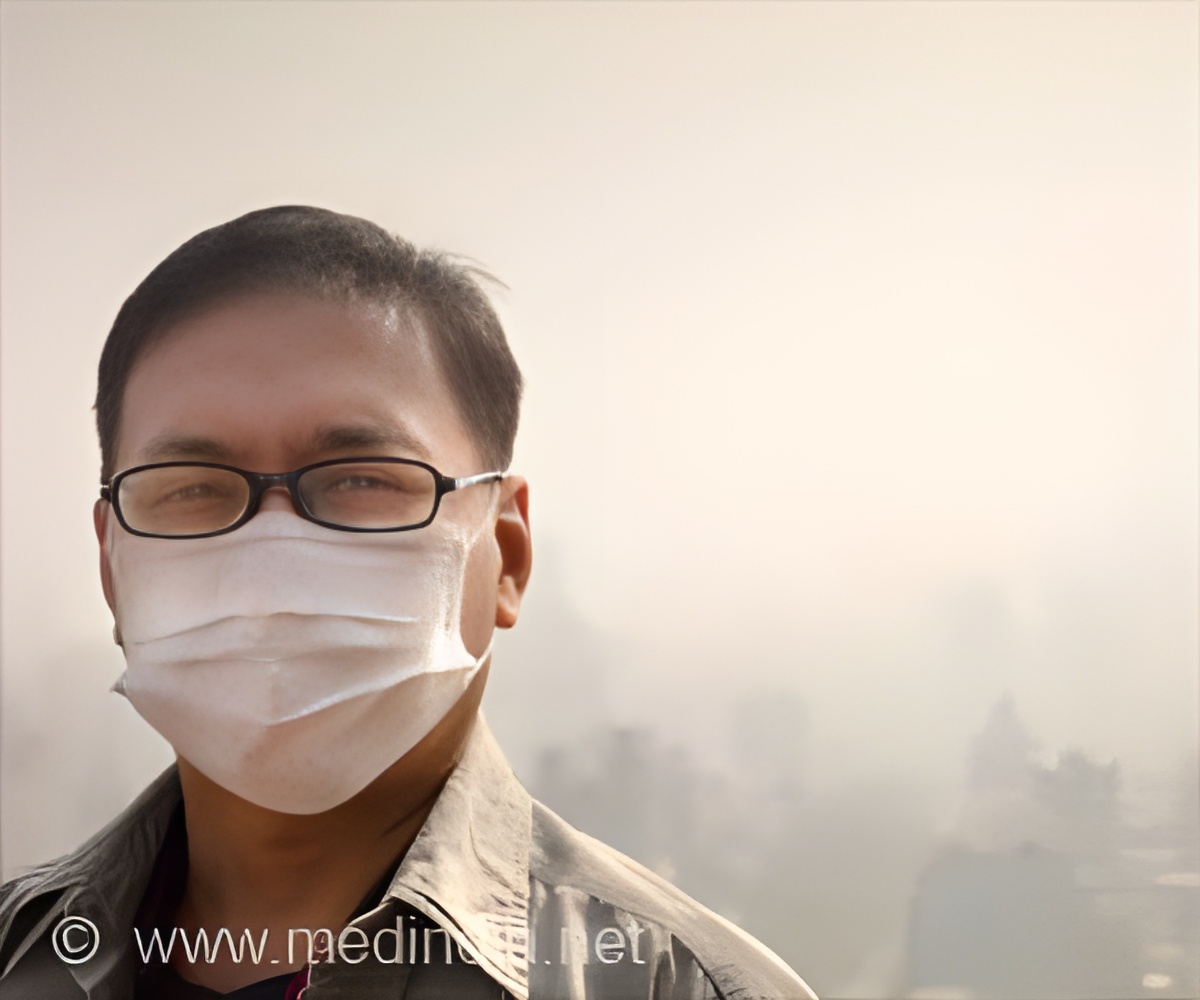
‘These particulate matters behave like a sponge and suck the radicals that produce ozone pollutants.’
Tweet it Now
As it turns out, when it comes to the war on air pollution, chemistry is a formidable foe. Ozone is the main ingredient in smog and has been studied since it began choking cities in the U.S. in the early 1950s. "Ozone is formed through a series of chemical reactions, starting with the oxidation of volatile organic compounds (VOCs). This reaction forms chemical radicals, which drives reactions among oxides of nitrogen (NOx) and VOCs to produce ozone in the presence of sunlight. Both NOx and VOCs are emitted from fossil fuel combustion, and VOCs can also be emitted from industrial sources.
The researchers from the John A. Paulson School of Engineering and Applied Sciences (SEAS) and the Nanjing University of Information Science & Technology (NUIST) found that particulate matter acts like a sponge for the radicals needed to generate ozone pollution, sucking them up and preventing them from producing ozone.
"There was so much particulate matter in Chinese cities that it stunted the ozone production," said Daniel Jacob, the Vasco McCoy Family Professor of Atmospheric Chemistry and Environmental Engineering, and co-corresponding author of the study.
But the rapid reduction of PM 2.5 dramatically altered the chemistry of the atmosphere, leaving more radicals available to produce ozone.
Advertisement
Despite this rapid reduction, China still has a long way to go to meet its air quality goals.
Advertisement
"Results from this study suggest that extra efforts are needed to reduce NOx and VOC emissions in order to stem the tide of ozone pollution", said Professor Hong Liao at NUIST who is the co-corresponding author of this work.
Source-Eurekalert










